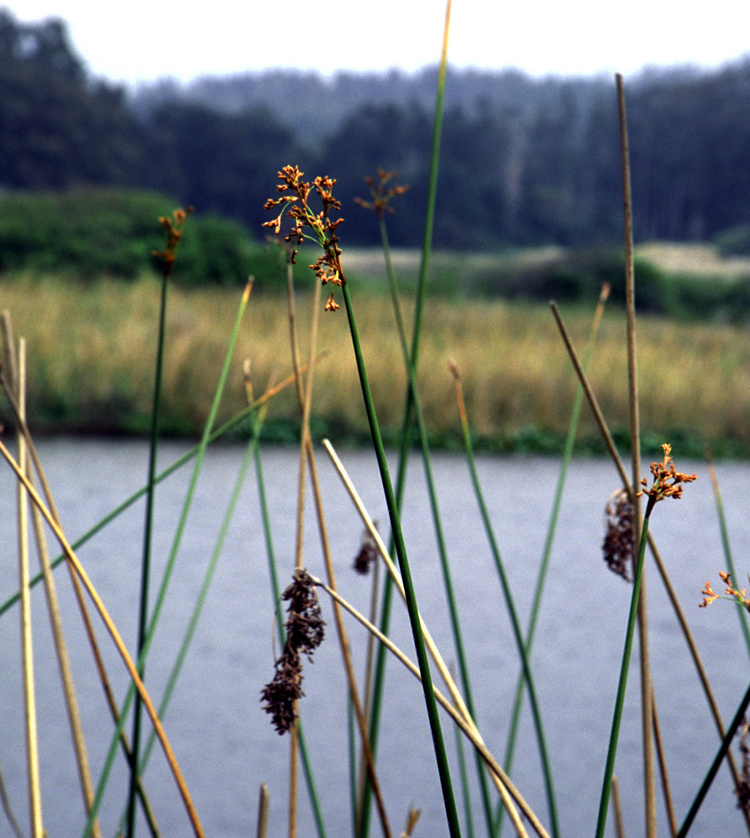
The Tulare Lake area in California has once again become a focal point of intense deliberations as the local water authorities decided to adjust their Water Release Plan. Situated in the southern part of the state, Tulare Lake has seen various adjustments to its management protocols due to both natural occurrences and increasing human interventions. The recent changes have sparked concerns among the local community and water experts alike. This article delves into the reasons behind the new water release strategy, the implications for the local environment, agriculture, and community, and how these alterations align with broader environmental policies.
The Rationale Behind the Change
Understanding Tulare Lake’s Significance
Tulare Lake, which once was the largest freshwater lake west of the Mississippi River, plays a pivotal role in California’s water ecosystem. This region is known for its rich agricultural activities, owing largely to the fertile soil deposits left by the ebb and flow of the lake. Despite its historical significance, water management in this area has always been complex, characterized by the balance between agricultural needs, ecological sustainability, and residential water supply.
The Pressing Need for Change
Several critical factors necessitated a change in the Water Release Plan:
- Climate Variability: The region has experienced significant fluctuations in climate patterns, leading to an unpredictable water cycle that affects lake levels. The unpredictability stresses traditional water management strategies, calling for a more dynamic response to water distribution.
- Agricultural Demands: Being one of the primary agricultural hubs in the country, the surrounding areas of Tulare Lake have an insatiable demand for water. Crops such as almonds, pistachios, and grapes require steady water supply, creating tension on water-sharing agreements.
- Technological and Infrastructure Enhancements: Recent advancements in water management infrastructure and technology provide new possibilities for better water allocation, ensuring that release plans are efficient and reduce wastage.
Community Concerns
Impact on Local Farmers
Local farmers voiced their concerns over the potential impacts of the revised plan on their land cultivation activities. Agriculture in the Tulare region thrives under predictable water access, making the new strategy a topic of anxiety.
- Crop Uncertainty: Changes in water release may result in uncertainties for crop yields, influencing financial stability and long-term planning for farmers who depend on continuous water access.
- Soil Salinity: Inadequate water supply can lead to increased soil salinity, affecting soil health and reducing agricultural output over time.
Environmental and Ecological Effects
Environmental groups worry that adjustments to the water flow could disturb the delicate ecosystems that have stabilized over the years.
- Habitat Disruption: Fluctuations in water release might impact local plant and animal habitats, potentially threatening species that have adapted to prior water levels.
- Water Quality Concerns: Changes in water flow and volume could affect the quality of the water, introducing pollutants or altering the natural nutrient balance.
The New Water Management Strategy
Adaptive Management Approach
The new plan introduces an adaptive management approach, which aims to create flexibility and resilience in water allocation practices. Key features include:
- Data-Driven Decisions: Using advances in data analytics, local water authorities can assess multiple data sources in real-time to make more informed decisions.
- Ecological Considerations: Strategies now incorporate ecological health checklists, ensuring the sustainability of water release efforts.
Infrastructure Improvements
Enhancements in water infrastructure have paved the way for improved water flow management. These developments ensure more controlled release patterns, thereby reducing wastage and optimizing usage.
- Modern Irrigation Systems: Implementation of advanced irrigation technologies increases water use efficiency, reducing the need for excessive water allocation.
- Enhanced Reservoir Capacity: Upgraded storage facilities enable greater capacity for capturing excess runoff, making it available during drought periods.
Stakeholder Engagement
Community Dialogues
The plan’s development actively involved community engagement practices to ensure that local concerns are acknowledged and integrated into the decision-making process.
- Public Forums: Local authorities held open forums to discuss the changes, allowing community members to express their concerns and suggestions.
- Collaborative Decision-Making: By involving local stakeholders, including farmers, environmental groups, and indigenous communities, the revised plan has better alignment with diverse needs.
Role of Technology
Technology has played a significant role in addressing concerns and gathering widespread input through various innovative platforms.
- Online Surveys: Surveys disseminated through digital platforms allowed a more extensive range of community members to share thoughts, providing richer data for analysis.
- Virtual Town Halls: Enabled a broader, more inclusive dialogue on water management between local authorities and residents, allowing participation from those unable to attend in-person meetings.
Regional and Environmental Implications
Balancing Act of Resource Allocation
The new strategy attempts to juggle the competing interests of multiple stakeholders by crafting a middle path that benefits agriculture while preserving ecological integrity. This balance is crucial, as unsustainable practices in either direction could lead to dire long-term repercussions.
Alignment with Broader Environmental Policies
The changes to the Tulare Lake Water Release Plan are not isolated but align with California’s broader aspirations to pivot towards sustainability and water conservation.
- State Water Resources Control Board Initiatives: The plan reflects goals established by the California Water Action Plan, promoting improved water use efficiency and ecosystem management.
- Integrative Water Management Strategy: By weaving in local strategies with state initiatives, there’s a concerted effort to ensure the alignment across local and state governance.
The Tulare Lakes Water Release Plan’s recent adjustments echo an ongoing global narrative: the necessity to adapt to changing environmental conditions minus the compromise on agricultural productivity or environmental integrity. While local concerns and uncertainties remain, the collaborative and technologically enriched approach promises a more sustainable path forward. Ensuring continual dialogue among stakeholders and harnessing technology’s power is critical to effectively balance human activity and ecological preservation in this water-centric region. This plan stands as a testament to the challenges and innovative solutions that define modern environmental management, offering both hope and a blueprint for other regions facing similar dilemmas.












